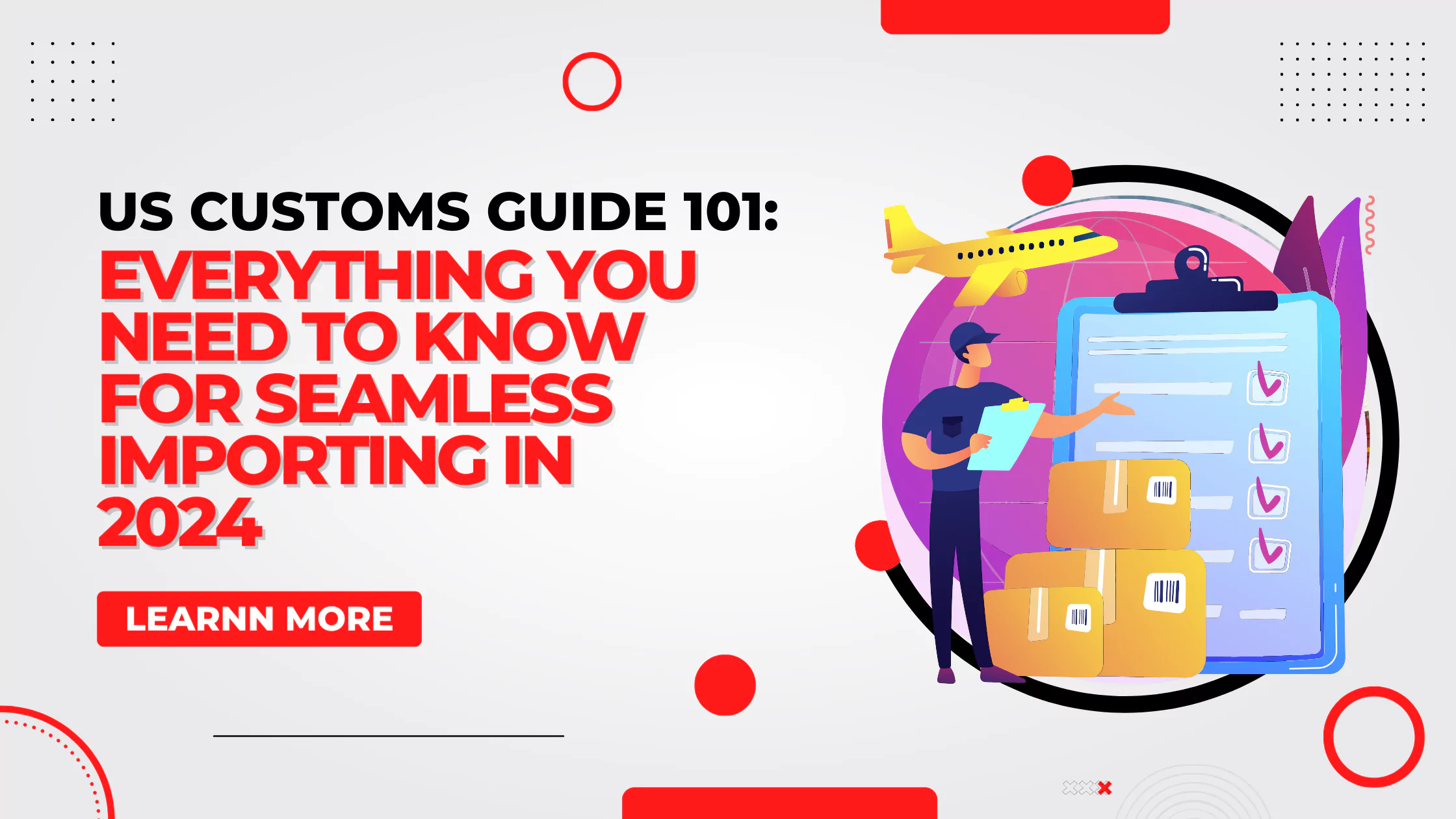Introduction
Importing goods into the United States can be a complex process, but with the right knowledge and preparation, it can be seamless and efficient. Whether you’re a seasoned importer or new to the process, understanding US customs regulations is crucial to avoid delays, penalties, and additional costs. This comprehensive guide will walk you through everything you need to know about US customs in 2024, from required documentation to duties and taxes, ensuring your importing process is smooth and hassle-free.
Understanding US Customs Regulations
Importing goods into the United States is governed by a set of rules and regulations designed to protect the economy, environment, and citizens. The primary agency overseeing this process is US Customs and Border Protection (CBP). Here’s an overview of the essential regulations you need to be aware of:
CBP’s Role
The CBP is responsible for enforcing import laws, collecting duties and taxes, and ensuring the safety and security of imported goods. They work alongside other federal agencies to monitor and regulate the flow of goods into the country.
Importer of Record
Every import shipment must have an Importer of Record (IOR), who is responsible for ensuring compliance with all applicable laws and regulations. The IOR can be the owner, purchaser, or a designated agent.
Harmonized Tariff Schedule (HTS)
The HTS is a standardized system used to classify imported goods. It determines the applicable duties and taxes for each item. Proper classification is critical to avoid fines and delays.
Key Documentation for Importing Goods
Proper documentation is vital for a smooth importing process. Missing or incorrect documents can lead to significant delays and fines. Here are the key documents you’ll need:
Bill of Lading
A bill of lading is a legal document issued by the carrier to the shipper, detailing the type, quantity, and destination of the goods being transported. It serves as a receipt and a contract of carriage.
Commercial Invoice
This document provides a detailed description of the goods being imported, including their value, quantity, and origin. It is used to determine duties and taxes.
Packing List
A packing list outlines the contents of each package, including weight, dimensions, and handling instructions. It helps customs officials verify the shipment’s contents.
Entry Summary (Form 7501)
This form is submitted to CBP and provides detailed information about the shipment, including the HTS classification, value, and importer information.
Duties, Taxes, and Fees
Duties
Duties are taxes imposed on imported goods based on their classification in the HTS. The rate varies depending on the product and its country of origin.
Taxes
In addition to duties, certain imports may be subject to federal excise taxes, state taxes, or other fees.
Merchandise Processing Fee (MPF)
The MPF is a fee assessed by CBP to cover the cost of processing import shipments. It is calculated based on the value of the goods, with a minimum and maximum charge.
Harbor Maintenance Fee (HMF)
The HMF is applied to imports arriving by sea to fund the maintenance of US ports and harbors.
Import Compliance and Legal Considerations
Restricted and Prohibited Goods
Certain items are restricted or prohibited from entering the US, including hazardous materials, counterfeit goods, and items that pose a risk to public health or safety.
Trade Agreements and Tariff Preferences
The US has numerous trade agreements that may affect import duties and taxes. These agreements can provide tariff preferences or exemptions for goods originating from partner countries.
Intellectual Property Rights
Importers must ensure that their goods do not infringe on intellectual property rights. This includes trademarks, copyrights, and patents.
Tips for a Seamless Importing Process
- Work with a Licensed Customs Broker: A licensed customs broker can help navigate the complexities of the import process, ensuring compliance and handling documentation and filings.
- Stay Informed About Regulatory Changes: Import regulations can change frequently. Stay up-to-date with the latest CBP guidelines and industry news to avoid surprises.
- Maintain Accurate Records: Keep detailed records of all import transactions, including invoices, shipping documents, and correspondence. This can help resolve disputes and ensure compliance.
- Plan for Delays: Despite your best efforts, delays can happen. Build extra time into your import schedule to account for potential issues at customs.
FAQs
- What are the penalties for non-compliance with US customs regulations? Penalties can range from fines and shipment delays to seizure of goods and criminal charges, depending on the severity of the violation.
- How can I find the correct HTS code for my products? You can use the US International Trade Commission’s (USITC) online HTS search tool or consult with a licensed customs broker to determine the correct HTS code for your products.
- Do I need a customs bond for importing goods into the US? Yes, most importers need a customs bond to ensure payment of duties, taxes, and fees. This bond can be obtained through a customs broker.
- What is the difference between a single-entry bond and a continuous bond? A single-entry bond covers one import shipment, while a continuous bond covers all imports for one year. The choice depends on your import volume and frequency.
- How do I calculate import duties for my shipment? Import duties are calculated based on the HTS classification of your goods, their value, and any applicable trade agreements. You can use CBP’s duty calculator or consult with a customs broker for precise calculations.
- Are there any special considerations for importing goods from specific countries? Yes, goods from certain countries may be subject to additional regulations, tariffs, or trade restrictions. Always check the latest information on CBP’s website or consult with a customs broker.
Conclusion
Navigating the US customs process can be challenging, but with the right knowledge and preparation, you can ensure a seamless importing experience. By understanding key regulations, maintaining proper documentation, and staying informed about compliance requirements, you can avoid delays, penalties, and additional costs. Whether you’re importing for personal use or business, following this comprehensive guide will help you achieve a smooth and efficient import process.
Stay proactive, consult with professionals when necessary, and keep abreast of regulatory changes to ensure your importing activities are always in compliance with US customs regulations. By doing so, you’ll pave the way for successful and hassle-free importing in 2024 and beyond.




Comments are closed